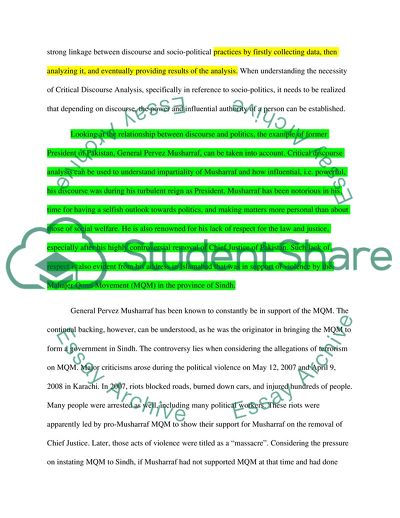Cite this document
(Critical Discourse Analysis of Musharrafism Term Paper, n.d.)
Critical Discourse Analysis of Musharrafism Term Paper. https://studentshare.org/politics/1729115-critical-discourse-analysis-of-musharrafism
Critical Discourse Analysis of Musharrafism Term Paper. https://studentshare.org/politics/1729115-critical-discourse-analysis-of-musharrafism
(Critical Discourse Analysis of Musharrafism Term Paper)
Critical Discourse Analysis of Musharrafism Term Paper. https://studentshare.org/politics/1729115-critical-discourse-analysis-of-musharrafism.
Critical Discourse Analysis of Musharrafism Term Paper. https://studentshare.org/politics/1729115-critical-discourse-analysis-of-musharrafism.
“Critical Discourse Analysis of Musharrafism Term Paper”. https://studentshare.org/politics/1729115-critical-discourse-analysis-of-musharrafism.


